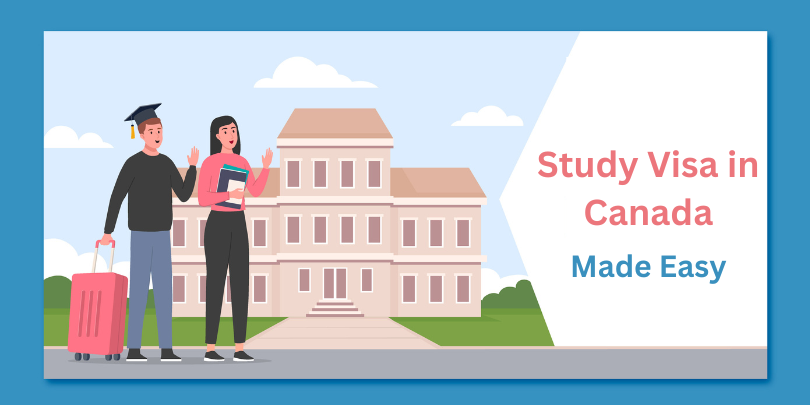Studying in Canada is an exciting opportunity for students who want to experience high-quality education in a multicultural environment. However, before embarking on your academic journey, you must obtain a study visa. The process of applying for a study visa in Canada can seem overwhelming, but with the right guidance and preparation, it can be a smooth and straightforward experience.
In this article, we will provide you with a comprehensive guide to applying for a study visa in Canada, from start to finish. We will cover everything you need to know, from eligibility requirements to the application process and tips for a successful application.
Eligibility Requirements
The first step in applying for a study visa in Canada is to ensure you meet the eligibility requirements. These requirements include:
- Letter of acceptance from a Canadian designated learning institution (DLI): Before applying for a study visa, you must have a letter of acceptance from a DLI. A DLI is a school, university, or college that has been approved by the Canadian government to host international students.
- Sufficient funds to support your stay in Canada: You must have enough money to cover your tuition fees, living expenses, and transportation costs during your stay in Canada.
- A clean criminal record: You must not have any criminal convictions that may affect your admissibility to Canada.
- Good health: You must be in good health and not have any medical conditions that may affect public health or safety.
- English or French language proficiency: You must be able to speak, read, and write in either English or French.
Application Process
Once you have met the eligibility requirements, you can begin the application process. The application process for a study visa in Canada consists of the following steps:
- Gather the necessary documents: You will need to provide several documents as part of your application, including your letter of acceptance from a DLI, proof of funds, and a valid passport.
- Complete the application form: You can apply for a study visa online or by mail. The online application form is available on the Canadian government’s website, and it is the preferred method of application.
- Pay the application fee: There is an application fee for a study visa in Canada, which varies depending on the type of visa you are applying for. The fee can be paid online or by mail.
- Submit your application: Once you have completed the application form and paid the application fee, you can submit your application. If you are applying online, you can submit your application electronically. If you are applying by mail, you will need to send your application to the appropriate Canadian visa office.
- Wait for a response: The processing time for a study visa in Canada varies depending on the visa office and other factors. You can check the processing times on the Canadian government’s website.
Tips for a Successful Application
To increase your chances of a successful study visa application, consider the following tips:
- Start the application process early: It is best to start the application process as early as possible, as it can take several weeks or even months to process your application.
- Be honest and provide accurate information: Provide accurate information and be honest in your application. Any misrepresentation or false information can lead to your application being rejected.
- Prepare your documents carefully: Ensure that you have all the necessary documents and that they are organized and easy to understand.
- Follow up on your application: You can check the status of your application online or by contacting the Canadian visa office. If your application is missing any information or documents, you will be notified.
- Consult with a study visa consultant: A study visa consultant can provide you with expert guidance and support throughout the application process, increasing your chances of success.

